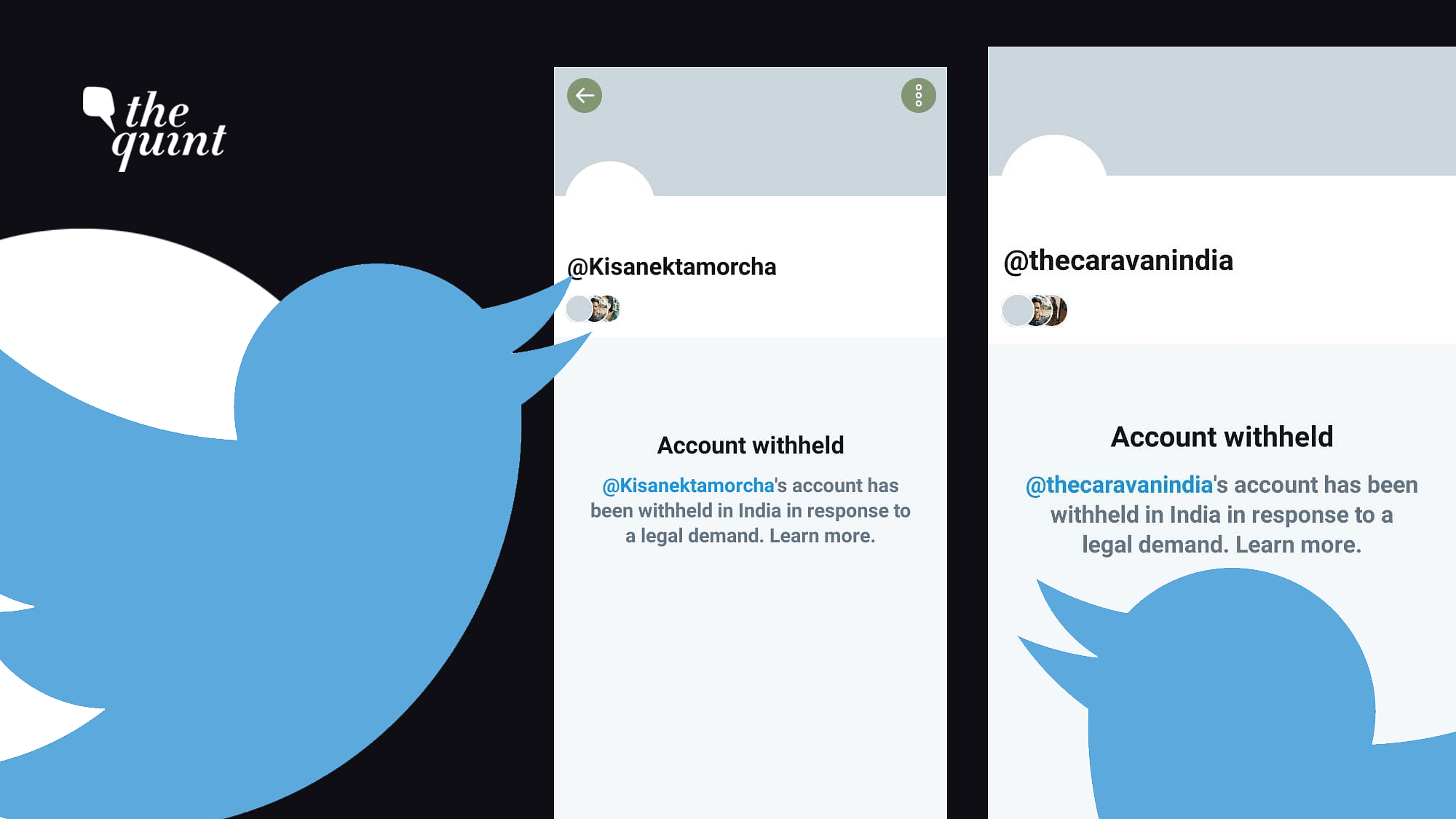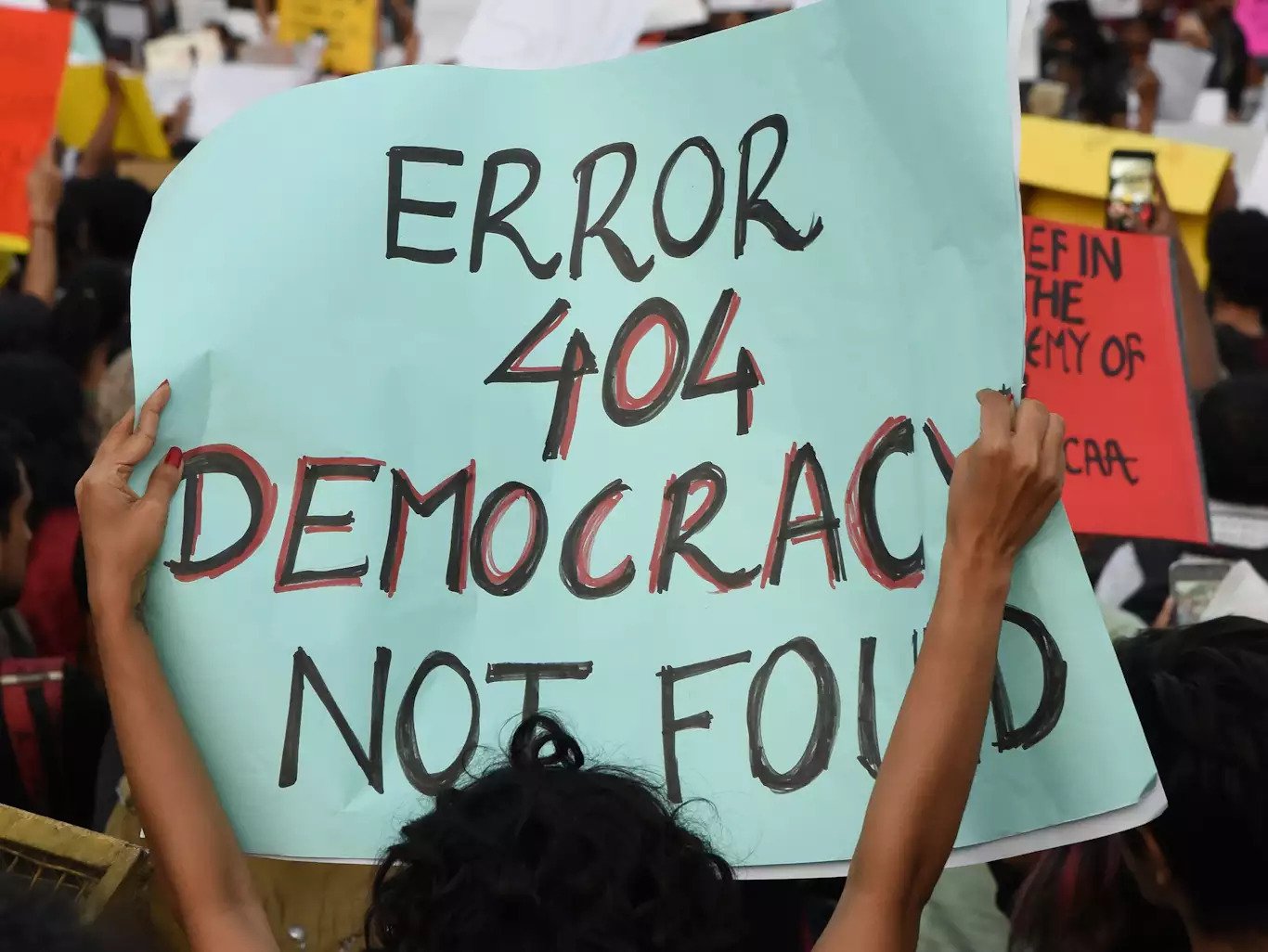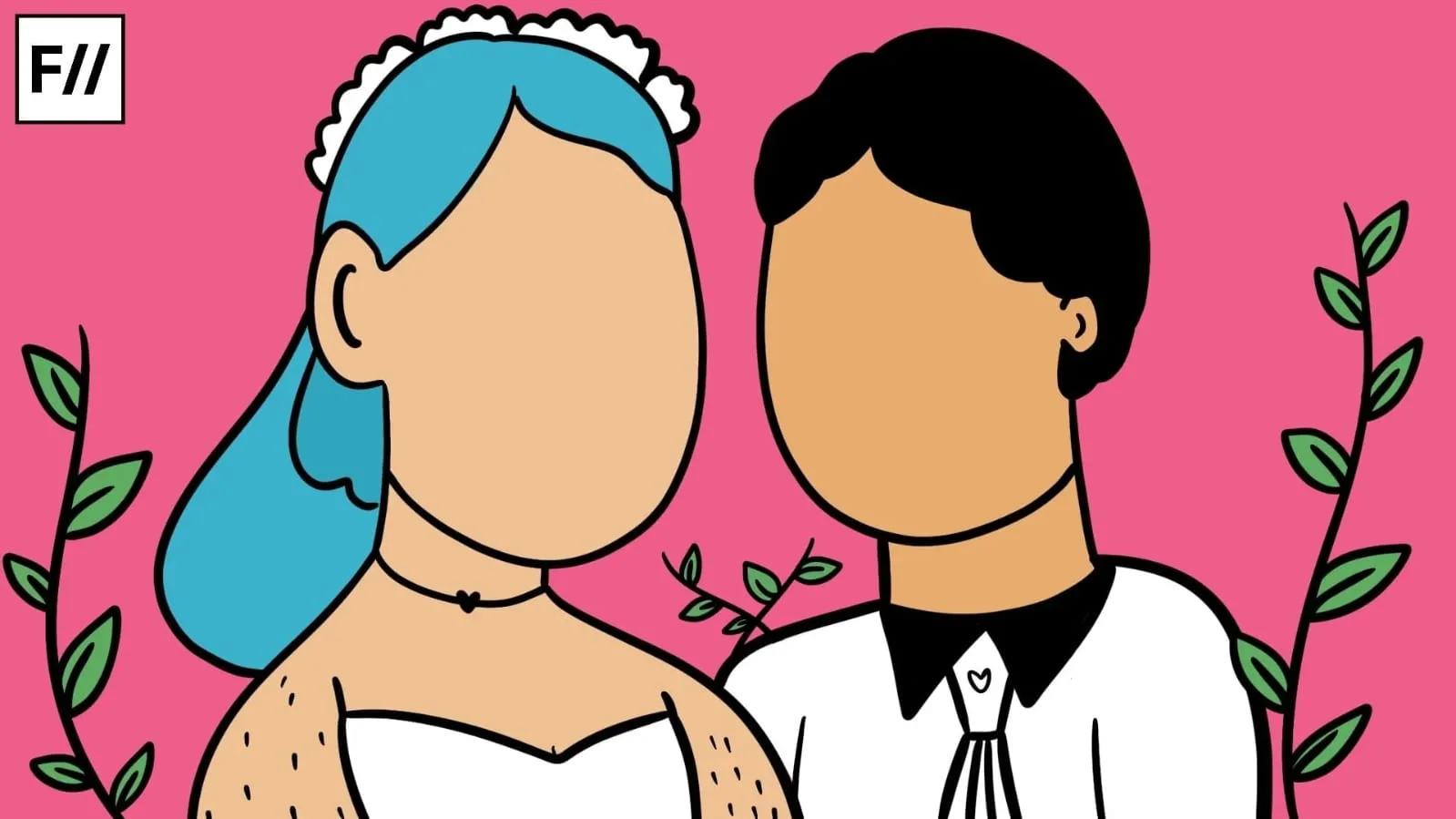The Indian government has been continuously pushing to digitise India with multiple Digital India initiatives on one hand. Contradictorily, India also tops the list of countries with the most number of internet shutdowns globally, on the other hand.
Internet shutdowns are often intentional disruptions of the internet to control flow of information. Access Now, a global digital rights organisation documented 155 total internet shutdowns globally in 2020, and India is responsible for 109 of them despite being the world’s largest democracy.
SFLC, a legal services organisation that works to protect digital rights documented 537 internet shutdowns from 2012 in India with Jammu & Kashmir contributing to almost half of them. One of the longest internet shutdowns of no to low internet was imposed in J&K right after the abrogation of the Article 370 by the Indian Parliament on the 4th of August 2019. The shutdown went on for about 552 days throughout the pandemic till the 6th of February 2021 when 4G was made available again.
Internet services were shut down in Assam for 10 days during December 2019 after violence raged in the state during protests against the Citizenship Amendment Act (CAA).

Around 250 twitter accounts and tweets were “withheld” in India during the recent farmers’ protests against the arbitary farm laws imposed by the government. These accounts among others, also include Kisan Ekta Morcha – the handle representing the protesting farmers. After much condemnation and public outcry, these handles were restored in 6 hours.
The websites of three environmental advocacy groups – Let India Breathe, Fridays for Future India, and There is no Earth B were also blocked because they campaigned against the regressive revision of the Environmental Impact Assessment (EIA) terms.
Shutdowns: Ways in which they happen and their efficacy
Internet shutdowns and blocking of websites/accounts can be preventative or reactive. It is preventative if the blocking happens in anticipation of an event and reactive if the blocking happens after an event has occurred. Access can be blocked in multiple ways by suspending/blocking/removing particular websites and accounts, localised blackouts in a particular area, a total shutdown cutting down all internet services, as well as a partial shutdown by blocking certain network types or downgrading the internet speed.
Usually, the government justifies internet shutdowns or blockages using various reasons – to protect national security, to curb violence and restore peace, to stop the spread of misinformation and disinformation, among others. However, internet shutdowns are almost always ordered in times of dissent silencing many voices, reflecting authoritarianism and creating a very dystopian big brother like situation.
In the paper, he details that information vacuums and internet shutdowns could potentially increase violence making the shutdowns counterproductive. In his Theory of Disconnective Action, he talks about how the dynamics of protests change once there is a blackout which can lead to substitution of non-violent tactics in protests to violent ones

Also read: The Internet Ban In Kashmir Is A Clear Violation Of Human Rights And No One Seems To Care
Although the government claims to curb violence with internet shutdowns and controlling information flow, there has been no research or evidence proving the effectiveness of internet shutdowns. Jan Rydzak, a former researcher at Stanford digital policy Incubator, who extensively studied the shutdowns authored a paper titled “Of Blackouts and Bandhs: The Strategy and Structure of Disconnected Protest in India”.
In the paper, he details that information vacuums and internet shutdowns could potentially increase violence making the shutdowns counterproductive. In his Theory of Disconnective Action, he talks about how the dynamics of protests change once there is a blackout which can lead to substitution of non-violent tactics in protests to violent ones.
Blocking access to the internet seems to either have a negative impact by increasing the instances of protests and violence or no impact at all. But there are other things it definitely impacts like freedom of speech, right to information, the economy, journalism and even the overarching healthcare system
The internet shutdowns in Kashmir do not seem to have any significant impact on the instances of protests in the region. Various protests were organised on the 25th of January, 2011 in Egypt against the increasing police brutality by the Egyptian government and demanding the overthrow of the President Hosni Mubarak.

The protests included marches, non-violent civil resistance, civil disobedience and strikes. However, on the next day there were some violent clashes and the police arrested many activists. On the 27th of January, 2011 the government disrupted the internet services which in fact caused even more anger and unrest.
On the 28th of January, 2011 “Friday of Anger” protests erupted. Many people who did not participate in the previous protests started taking part after the internet shutdown, in resistance to the arbitrary move by the authorities.
The United Nations Human Rights Council in its report on the role of digital access providers, writes that the Council unequivocally condemns any measures to intentionally disrupt access to or dissemination of information online.
Blocking access to the internet seems to either have a negative impact by increasing the instances of protests and violence or no impact at all. But there are other things it definitely impacts like freedom of speech, right to information, the economy, journalism and even the overarching healthcare system.
Also read: The Lie About Digital India And The Truth About Internet Shutdowns
Maithri is a computer science student and like the cliché of an engineering student always doing something other than engineering; she enjoys reading, learning and writing about the environment & technology. You may find her on Instagram and LinkedIn
Featured Image Source: Notist





Thanks for sharing information…